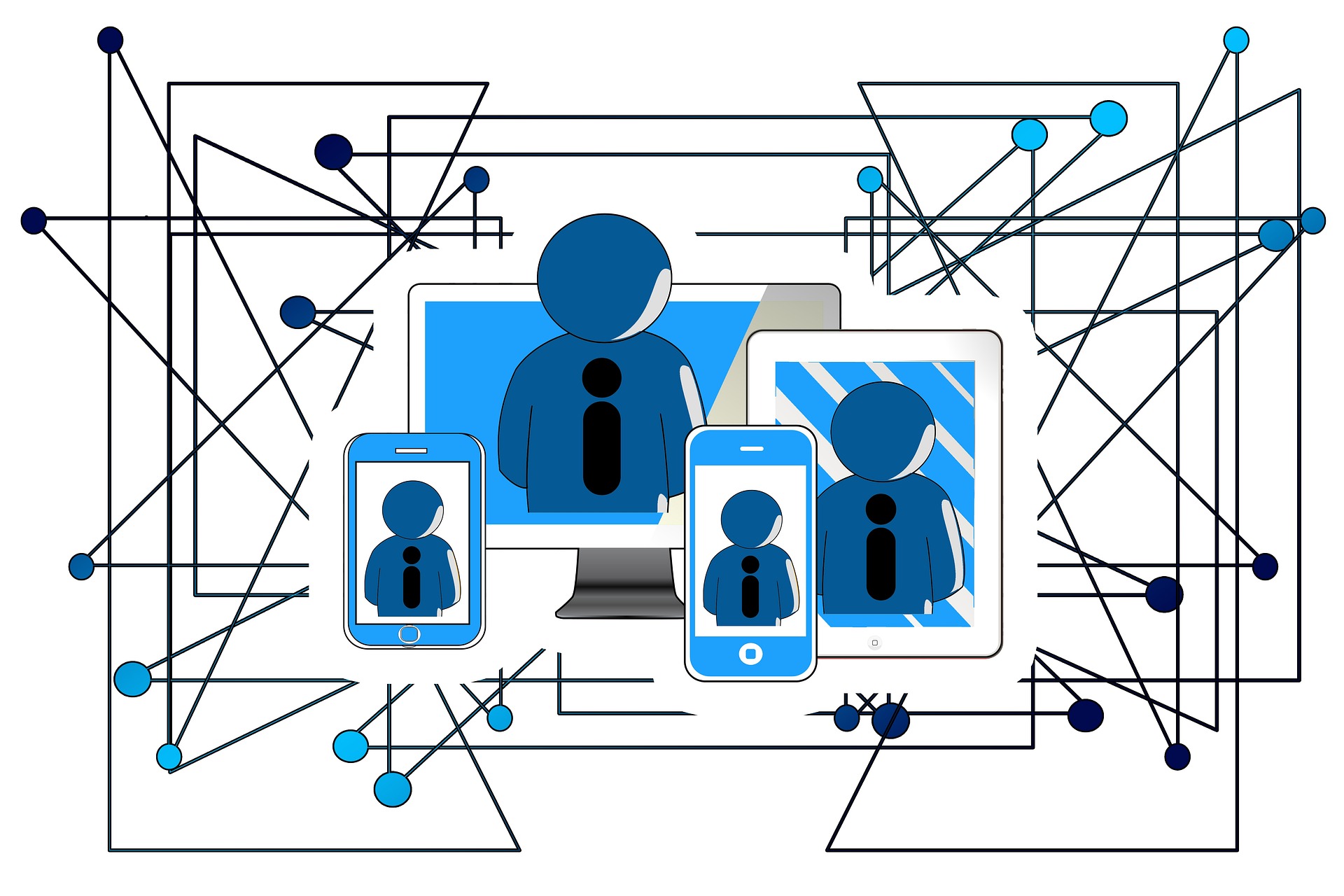"The Dawn of Holographic Computing: A New Era in Tech"
Introduction: Immerse yourself in the world of holographic computing, a revolutionary technology that's set to redefine our interaction with digital content. This article delves into the history, current developments, and future implications of this groundbreaking tech.

A Glimpse into the Past: The Genesis of Holography
Holography, a term coined by Hungarian-British physicist Dennis Gabor in 1947, is a method of creating three-dimensional images. Gabor’s work, which earned him the Nobel Prize in Physics in 1971, laid the foundation for holographic computing. However, it wasn’t until the advent of lasers in the 1960s that holography truly took off, enabling the creation of high-quality 3D images.
The Present: Holographic Computing in Today’s World
Fast forward to the 21st century, and holography has evolved beyond static 3D images. Today, we’re witnessing the rise of holographic computing, a technology that allows users to interact with holographic projections in real-time. Tech giants like Microsoft are leading the charge with devices like the HoloLens, a mixed reality headset that overlays holograms onto the real world.
The Price Tag: Affordability and Market Impact
While the HoloLens and similar devices are currently priced in the thousands of dollars, making them inaccessible to the average consumer, the potential market impact of holographic computing is immense. As the technology matures and becomes more affordable, it could revolutionize industries ranging from gaming and entertainment to healthcare and education.
The Future: What’s Next for Holographic Computing?
The future of holographic computing is brimming with possibilities. Imagine attending a concert or sports event from the comfort of your home, with holographic projections of the action unfolding in your living room. Or picture a surgeon performing a complex procedure with the help of holographic anatomy models. These scenarios may sound like science fiction, but they could soon become reality.
The Verdict: A Game-Changer in the Making
Holographic computing is still in its infancy, but its potential to transform our interaction with digital content is undeniable. As the technology continues to evolve, we can expect to see more immersive, interactive, and engaging experiences that blur the line between the physical and digital worlds.
In conclusion, the dawn of holographic computing is upon us, promising to usher in a new era in tech. It’s an exciting time to be alive, as we stand on the brink of a revolution that could redefine our reality.





